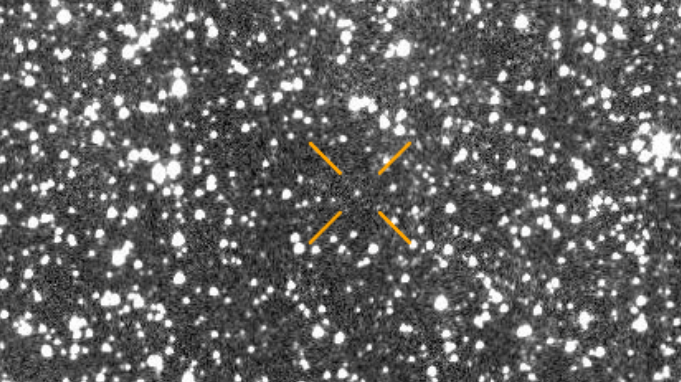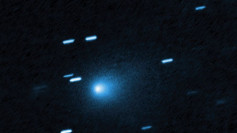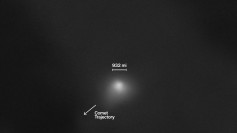The interstellar object known as 3I/ATLAS has drawn new scrutiny from astronomers after Harvard astrophysicist Avi Loeb suggested it could be composed of antimatter-a form of material that annihilates ordinary matter and releases nearly total energy on contact. Loeb advanced the idea in a Medium essay, describing antimatter as "the most efficient fuel" in the universe and arguing that its interaction with solar particles could account for the object's unusual brightness and apparent acceleration.
"If 3I/ATLAS truly contained it," Loeb wrote, "its passage through the solar wind might generate detectable gamma-ray or X-ray emissions-signals that NASA's Fermi Gamma-Ray Space Telescope could observe." He emphasized that the theory was "pedagogical," but also noted that an antimatter body traversing the Solar System "would be the most efficient engine imaginable, implying a potential technological origin."
The object, officially designated C/2025 N1 (ATLAS), was first identified on July 1, 2025, by the Asteroid Terrestrial-impact Last Alert System in Hawaii. It is only the third confirmed interstellar visitor ever observed after 2017's ʻOumuamua and 2019's 2I/Borisov. Observations reported by Sky & Telescope showed its orbit tilted about 175° to the ecliptic, placing it nearly parallel to the Solar System's plane.
According to The Economist, the object appeared "bluer than the Sun" as it neared perihelion-a color signature Loeb interprets as evidence of internal energy production rather than simple reflection. He further pointed to "non-gravitational acceleration" in its motion, similar to anomalies noted with ʻOumuamua, as potential indicators of propulsion or another hidden energy source. "The mix of matter and antimatter offers the most efficient fuel," he wrote, adding that "complete mass-to-energy conversion is unmatched by any chemical or nuclear reaction."
In his post, Loeb conceded that antimatter remains extraordinarily rare and costly. "On Earth, producing one gram of antimatter would cost about five quadrillion dollars," he noted, describing the material as "unstable and difficult to contain." He argued, however, that the hypothesis is testable: future gamma-ray or X-ray monitoring could confirm whether 3I/ATLAS emits radiation consistent with matter-antimatter annihilation.
Mainstream scientists have met the claim with skepticism. Dr. Samantha Lawler, an astrophysicist at the University of Regina, told EarthSky: "Extraordinary claims require extraordinary evidence, and the evidence presented is absolutely not extraordinary." NASA officials, cited by The Guardian, said 3I/ATLAS "behaves like a natural comet in all observable ways." Astronomers emphasize that non-gravitational acceleration is typical in icy bodies when sublimating gases create jets that push them slightly off course.
Cosmologists have also dismissed the antimatter theory as inconsistent with known cosmic distributions. Studies published on arXiv indicate that if antimatter concentrations of that scale existed, they would produce gamma-ray backgrounds already detectable by instruments such as Fermi. Loeb himself acknowledged the contradiction, writing that large antimatter bodies "should have been destroyed soon after the Big Bang."
Still, the debate has drawn renewed interest in interstellar monitoring. Research teams across North America, Europe, and Asia are coordinating observations to track 3I/ATLAS's light curve, tail development, and trajectory as it exits the inner Solar System. In a follow-up essay titled Should We Be Happier if 3I/ATLAS Is a Comet?, Loeb reflected, "We should still celebrate, because nature continues to surprise us without needing aliens or antimatter."






